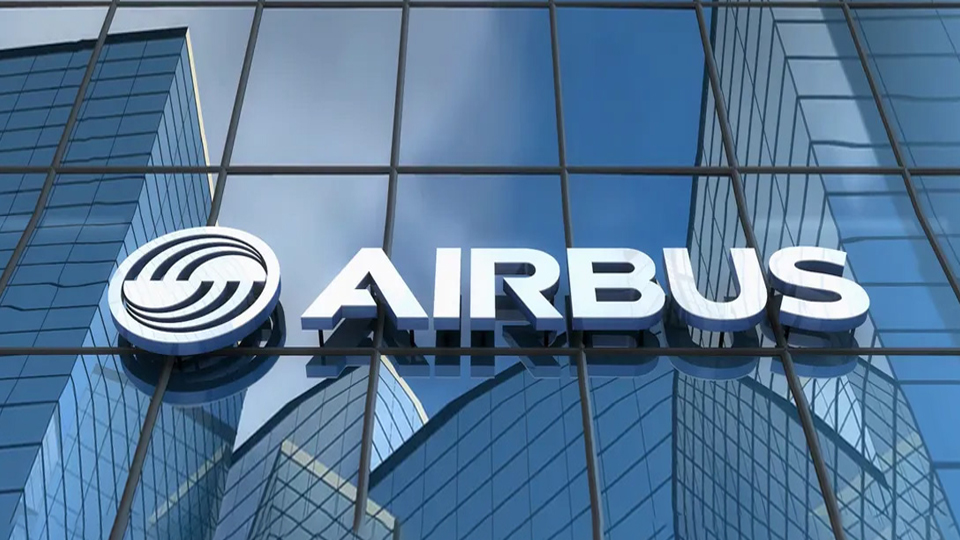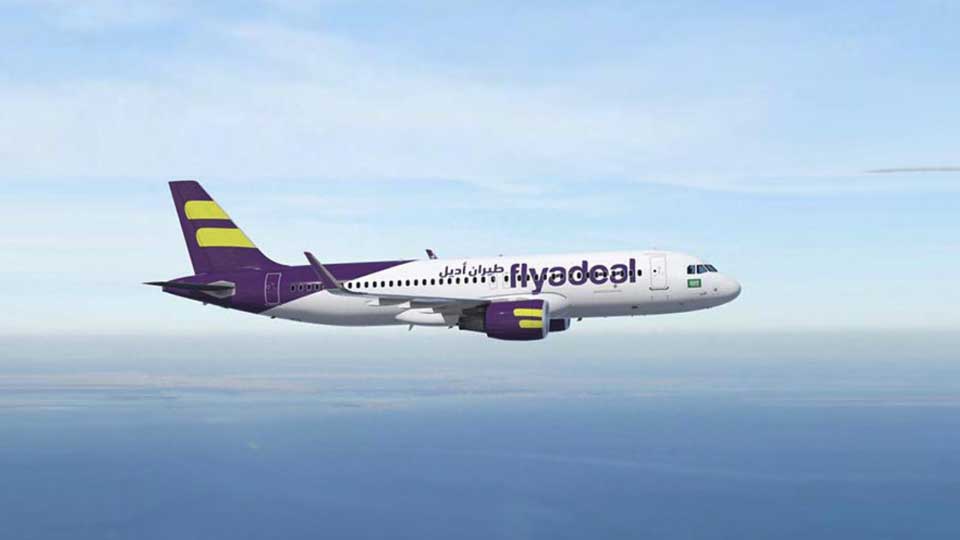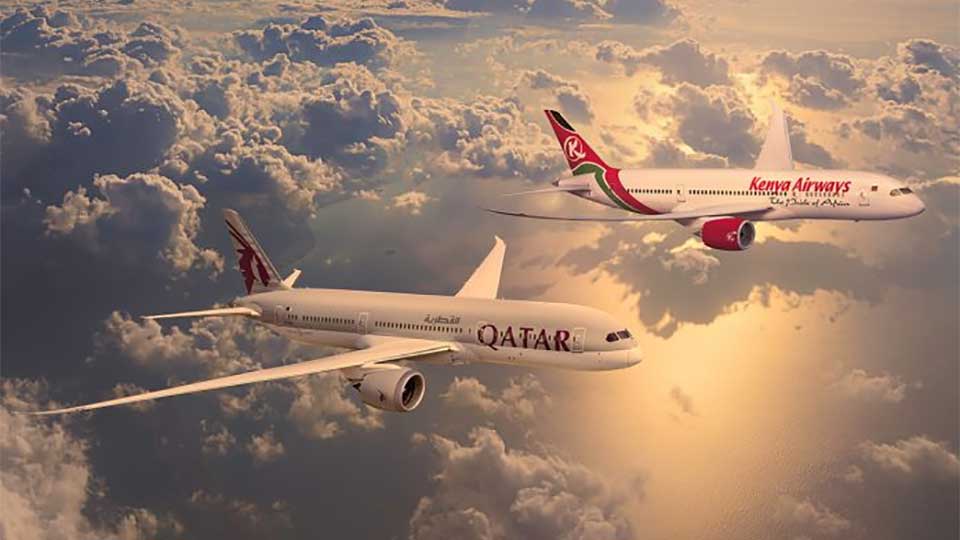
Dhaka: Airbus is on the verge of ending Boeing’s decades-long reign as the world’s most-delivered commercial airliner.
The European manufacturer’s A320 family is just weeks away from surpassing the lifetime deliveries of Boeing’s 737 series—marking a major milestone in the aviation industry's modern history.
According to aviation consultancy Cirium, Airbus had delivered 12,155 A320-family aircraft as of early August 2025, narrowing the gap to Boeing’s 737 family to just 20 units.
Once surpassed, the A320 will become the most-delivered jetliner in commercial aviation history.
The A320’s rise reflects Airbus’s transformation from an upstart in the 1970s into Boeing’s chief global competitor—and now, potentially its successor in a historic title.
Annual deliveries of the A320 series surpassed the 737 in the early 2000s, while total orders overtook Boeing's narrowbody in 2019. Still, Boeing’s 737 had retained its crown as the most-delivered aircraft—until now.
Key to the A320's success has been its advanced design features. Introduced in the late 1980s, it was the first commercial jet to feature digital fly-by-wire controls and a side-stick control for pilots.
Its higher ground clearance and availability of two engine options gave it a clear advantage in flexibility and efficiency. Today, the A320 and 737 families together comprise nearly half of all passenger jets in service worldwide.
The A320’s rise also stands in contrast to Airbus’s less successful projects, such as the A380 superjumbo, which was eventually discontinued amid limited airline interest and operational complexity.
Meanwhile, Boeing’s 737 MAX, the A320’s direct competitor, was grounded globally for 20 months following two fatal crashes, further shifting market dynamics in Airbus’s favor.
Looking ahead, both Airbus and Boeing face growing pressure to define the future of narrowbody aviation. Airbus is exploring the use of open-rotor engine architecture for the A320’s successor, with an eye toward fuel savings and sustainability.
CEO Guillaume Faury has confirmed plans to launch the next-generation aircraft by the end of this decade, with entry into service expected in the mid-2030s.
As Airbus nears this landmark achievement, it signals not only a triumph for European aerospace engineering, but also a new phase in the long-standing transatlantic rivalry that has shaped global aviation for decades.
The challenge now—for both giants—is to combine continued innovation with bold new thinking as the industry moves into a new era.
-B













